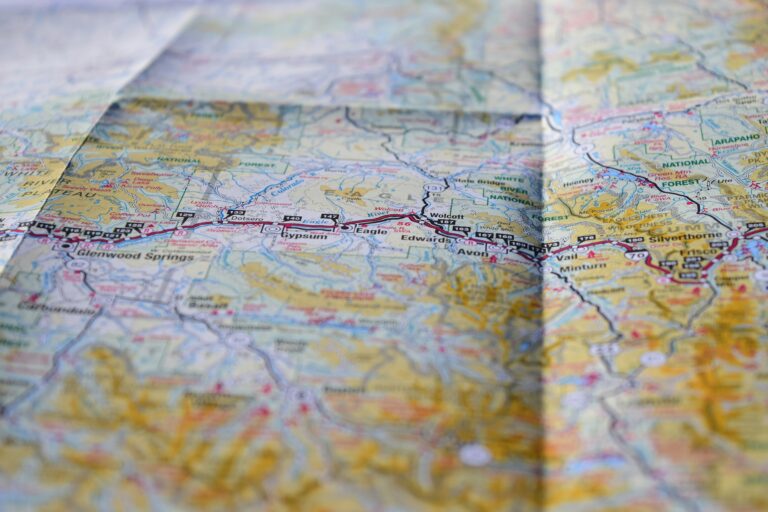The majority of modern walls are made of gypsum which comprise dry plaster placed between two layers of thick paper, resulting in an easier-to-install than standard trowel-applied plaster. When gypsum plaster is used, the wall may include 50% air! It makes it significantly lighter than regular plaster and makes installation easier. The Gypsum Wall may also be treated with a wax emulsion or asphalt to keep moisture out. Before the 1930s, traditional plaster came from limestone, but gypsum became popular due to its faster drying time. Lime plaster can take up to a year to thoroughly cure before painting or wallpapering it, but gypsum walls only need one to three weeks.
What Exactly Is Gypsum?
Gypsum is present in toothpaste, in food as a calcium fortifier, fertilizer, and more! Gypsum is among the most beneficial minerals ever discovered, with origins stretching back to the greeks. Gypsum is a light, soft mineral that you may use in various ways. It’s a remarkable mineral because when a firm gypsum wall is heated, it turns into a powder that can be reconstituted by just adding water! Gypsum is mined worldwide, and the moniker “Plaster of Paris” comes from a big gypsum deposit near Paris.
Why Should You Use Gypsum For Your Walls?
Because gypsum is a fire-resistant substance, it is a suitable construction material. One calcium sulfate molecule and two water molecules make up the gypsum molecule. When gypsum ignites, the water vaporizes first, causing the gypsum plaster inside the Gypsum Wall to convert back into powder and not burn, preventing the timber frame beneath from collapsing as rapidly.
Gypsum plaster is stiffer than lime plaster and therefore requires no fiber component such as animal hair, as does lime plaster. Because gypsum dries significantly faster than other plaster, it is far less likely to be damaged during the installation process. Lime plaster is a complex material to deal with. Sweat-outs and dry-outs, which cause the plastering to disintegrate into a cloud of dust and rot, can all occur during the time required lime plaster to establish.
Additionally, walls made of gypsum plaster may readily accommodate a variety of architectural feature designs. Gypsum walls are unmatched by any other surface materials due to critical attributes such as efficiency, availability, convenience of installation, serviceability, and flexibility in all types of ornamentation. You can successfully control sound transmission by installing a Gypsum Wall. The building designer should consider the expected activities of the inhabitants; for example, office space near a manufacturing unit requires more noise control systems than regular structures. As a result, gypsum walls can be an essential factor in reducing the transmission of undesired noise to adjacent regions.
Conclusion
Finally, gypsum beats cement and other plasters in various ways. It gives a more excellent finished appearance and performance than ordinary plasters. A gypsum wall is the best option where organic or river sand is not readily available for construction. Kanish Plasters supplies the best gypsum plasters for you to use in your home construction. Their quality control method is continually improving, and their plastering standards are among the best in the business. Use gypsum plasters to create the walls of your dream home today to live in peace.


